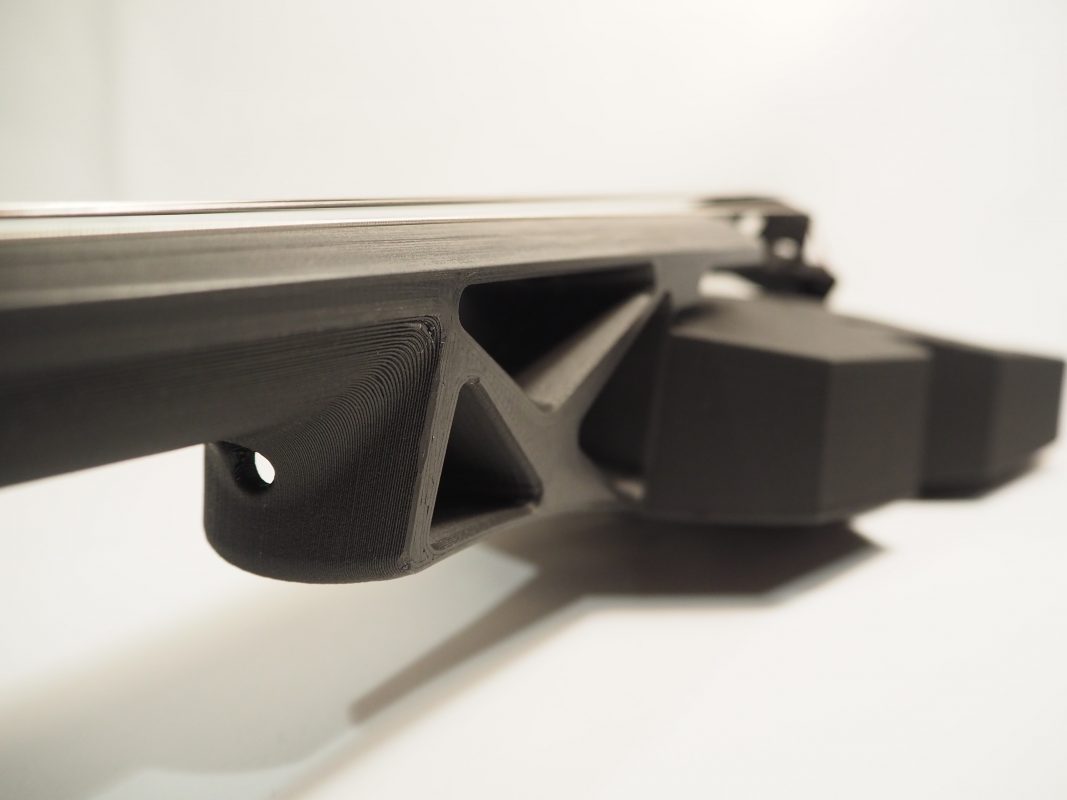The Modular Fiddle began as an experimental platform for 3D printed instruments.
Now OpenFab PDX makes professional quality electric instruments. Don’t worry — everything is still modular and highly customizable!
The Modular Fiddle fosters a different relationship between player and instrument.
Change any part in 15 minutes with common tools.
What happens when you can fiddle with your violin’s construction with the same kind of playful creativity that you might bring to your playing?
“It’s like LEGO meets instrument making.” – Pierce Yates
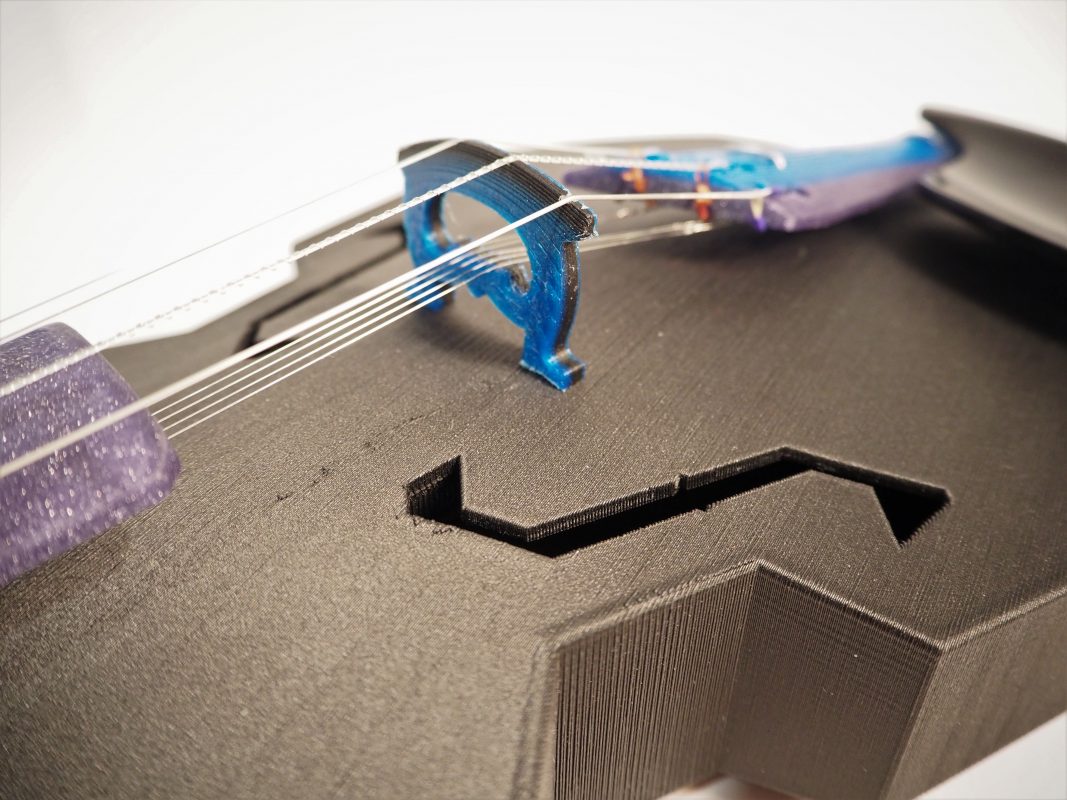
Modular Fiddles are…
Viola or Violin
4, 5, or 6 strings
Solid Body Electric, Acoustic, or Acoustic-Electric
Fretted or Fretless
Viola da Gamba
Hardanger Fiddle
Or some combination of the above.
A 3D Printed Violin Platform for Customizable Instruments
The Modular Fiddle first launched in 2018 as a 4-string 3D printed violin. Through community contributions, custom build requests, and our inherent curiosity, the project has since expanded to include a diverse array of bowed instruments. From the baroque to the distortion-ready electric. Shoot, or even baroque with distortion!
The Modular Fiddle is a 3D printed violin designed to quickly exchange parts in order to test new ideas and quickly create custom instruments.
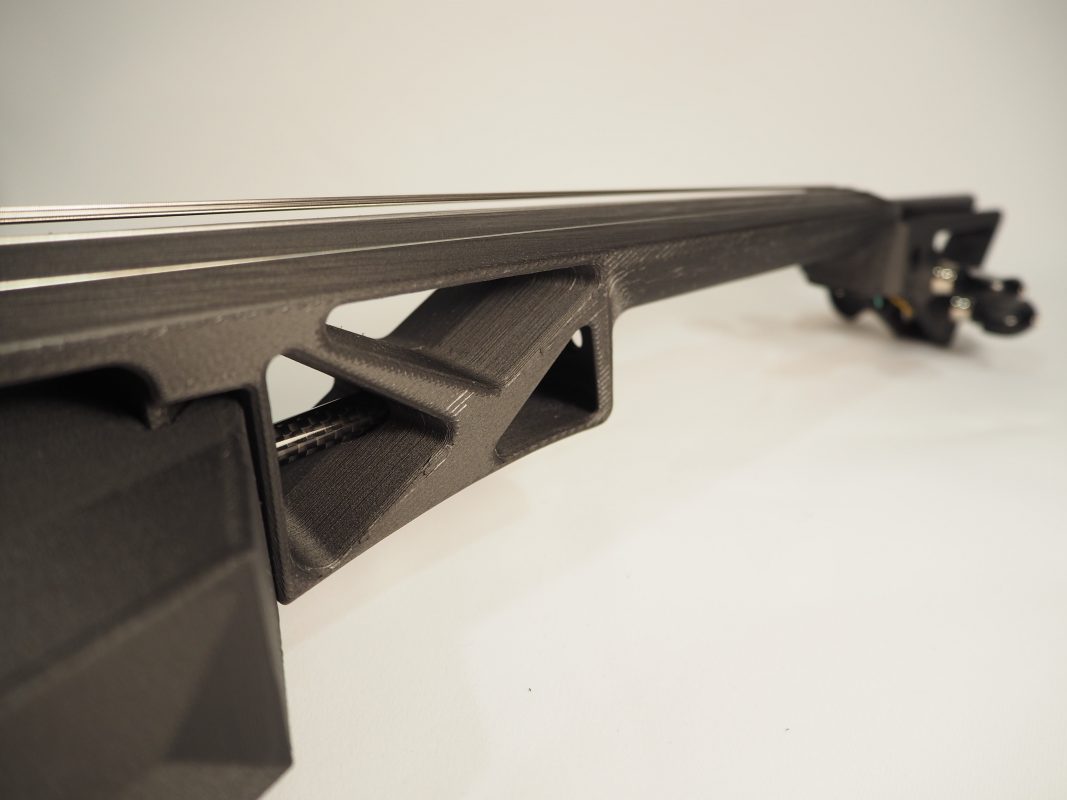
Centering Exploration for Violin Making
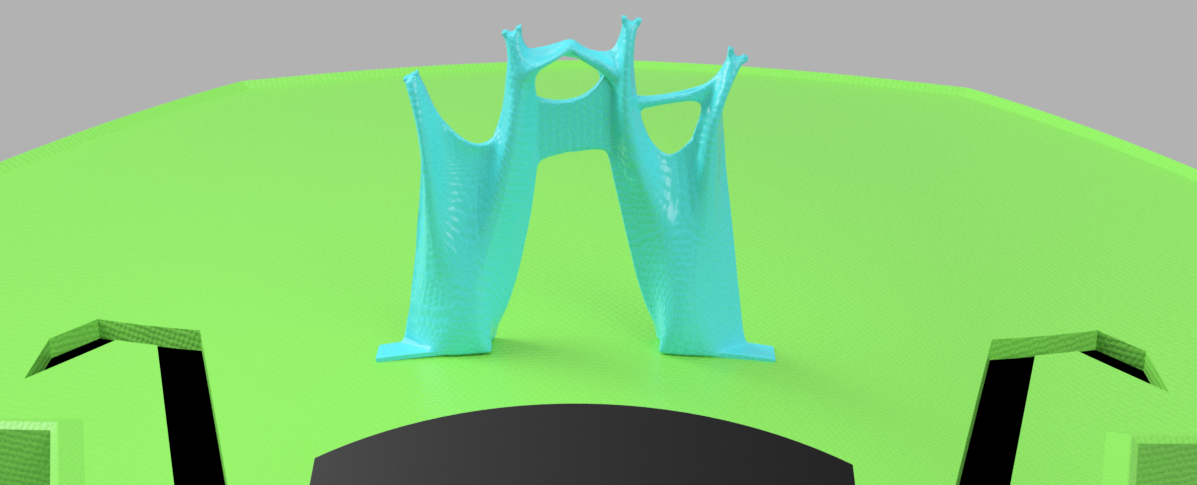
The power of the internet combined with 3D printing allow widespread distribution and experimentation with product design.
The Modular Fiddle is a 3D printed violin designed to quickly test experimental violin concepts and acoustics only possible with 3D printing. Concepts that test well can be incorporated into traditional violin methods to advance the craft for all string instruments.
The Modular Fiddle centers exploration in a way that has never been done before. In so doing, it introduces a great deal of flexibility to a craft (violin making) that has become very rigid and bound in tradition.
Evolution of Violin Sound
Violin history is rich with variations, and many elements of the instrument have evolved slowly over time. Luthiers attempted to copy other luthiers, but they sometimes made small mistakes that resulted in improved acoustics. Such mistakes led to the modern shape of the F holes.
What if we could accelerate that natural iterative process tenfold, hundredfold, exponentially? We haven’t seen a significant leap in violin design and construction since the invention of higher tension strings during the 18th century. We’re due!
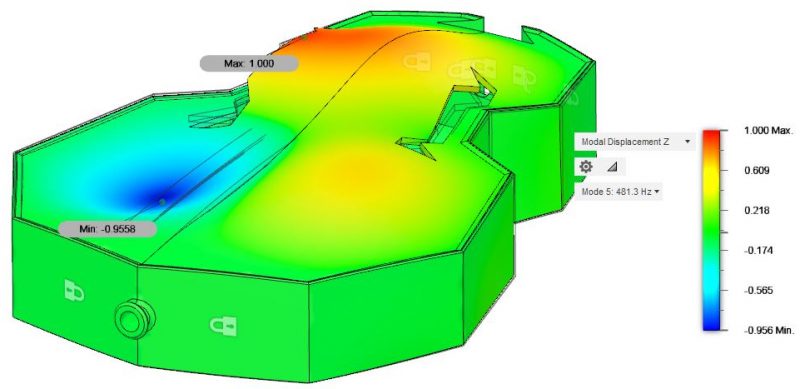 Using advanced digital design software, 3D printing, and the Modular Fiddle, violin design and acoustics are poised to take a significant leap. 3D printing allows never-before-possible acoustic structure for the 3D printed violin. Emerging design techniques, such as generative design, could have significant impacts on instrument weight and performance.
Using advanced digital design software, 3D printing, and the Modular Fiddle, violin design and acoustics are poised to take a significant leap. 3D printing allows never-before-possible acoustic structure for the 3D printed violin. Emerging design techniques, such as generative design, could have significant impacts on instrument weight and performance.
Good Sound is Subjective
What we consider to be ‘good sound’ changes over time. Desirable instrument sound is a combination of musical style, human psychology, and culture.
What new sounds can a 3D printed violin make?
Currently, the Modular Fiddle has the sound quality and playability of a mid-range wooden violin with a noticeable decrease in volume and projection. While the current sound quality is impressive, our focus should not be matching the quality of wood — instead we should try to create altogether different sound.
Build Your Own
Interested in building your own Modular Fiddle? A kit is a great way to start and will ensure that you get the best components and the most up-to-date print files that are designed for those components.
Check out the instructions page for a FAQ, 4-string files, parts lists, and detailed step-by-step assembly instructions.
Join the Google Group and the Discord Server for discussion and problem-solving.
Acknowledgements
The Modular Fiddle is inspired in part by Hova Labs’ Hovalin. Check out the Hovalin here.
Many thanks to Vojtěch Blahout for his excellent guide Making the Violin which provides great info as well as many useful scale SVG drawings that can be used in CAD.


